Gangam Calligraphy Museum (강암서예관)
11.0Km 2024-04-07
74, Jeonjucheondong-ro, Wansan-gu, Jeonju-si, Jeonbuk-do
+82-63-285-7442
The Gangam Calligraphy Museum (est. 1995) in Jeonju Hanok Village has on display over 1,000 works from famous artists such as Kim Jeong-hee (1786-1856, calligrapher, painter, & scholar), Lee Sam-man (1770-1847, calligrapher), Kim Hong-do (1745-?, artist), and Jeong Yak-yong (1762-1836, scholar). This museum also houses a seminar room for calligraphy-related events and educational programs.
Siwon / 시원
11.0Km 2025-06-11
45-41 , Omokdae-gil, Wansan-gu, Jeonju-si, Jeonbuk-do
+82-10-6520-7840
Siwon is a timber and clay-built hanok stay, part of Jeonju Hanok Village in Jeollabuk-do. It has four guestrooms, all but one with a small attic - so guests can have fun climbing up and down the ladder! The rooms have all been insulated and draft-proofed to keep visitors warm and comfortable. In the yard is a small garden and swing, and guests can play traditional games such as Tuho and Jegichagi - or even take part in a carpentry workshop. Must-see sites such as Gyeonggijeon, Jeondong Cathedral, Omokdae, and Nambu Market can all be reached on foot.
Hanokstory (한옥이야기)
11.0Km 2024-08-05
83-14 , Eunhaeng-ro, Wansan-gu, Jeonju-si, Jeonbuk-do
+82-10-9203-1111, +82-10-4166-7799
Hanok Story, on Hyanggyo-gil in Jeonju Hanok Village, Jeollabuk-do, is a hanok guesthouse that harmonizes tradition with convenience. Each room is equipped with a toilet, TV and AC, and one room has cooking facilities. In the yard is a 50-year-old persimmon tree - the house’s tutelary spirit - and a cafeteria built of cypress wood. Here visitors can enjoy tea or a free breakfast, while at weekends tea ceremonies are held (but book ahead for this).
Gyo Dong Sal Rae (교동살래)
11.1Km 2024-12-23
66-1 , Jeonjucheondong-ro, Wansan-gu, Jeonju-si, Jeonbuk-do
+82-10-9043-6743
Gyodongsallae Hanok stands close to the Namcheongyo Bridge over the Jeonjucheon Stream in Wansan-gu, Jeonju, Jeollabuk-do. The sarangchae (men’s house), anchae (women’s house) and an outbuilding provide a total of 10 guestrooms - some traditional ondol-heated rooms, some rooms with beds and one attic room. There are flower beds in the yard, and the cozy interiors are decorated with elegant fabrics and paintings. Two of the sarangchae rooms have terraces offering fine views.
2521 (이오이일)
11.1Km 2025-07-18
5-19 Omokdae-gil, Wansan-gu, Jeonju-si, Jeonbuk-do
2521, pronounced yi-o-yi-il in Korean, a private guesthouse located in Jeonju Hanok Village. It was made popular as Na Hee-do's house in the drama "Twenty-Five, Twenty-One (2022)." Upon booking, the owner will set the scene just like from the drama. Guests can enjoy a barbeque party at the yard and the view of the hanok village from the rooftop. The guesthouse can accommodate up to eight guests.
Café Deoki (카페 덕기)
11.1Km 2024-04-07
104 Deokgi 1-gil, Iksan-si, Jeonbuk-do
Café Deoki is a large-scale cafe that opened in 2022. It is well-known for its banana greenhouse, which houses over 100 trees, and also cultivates tangerine trees. Their signature menu items include tangerine juice and banana pudding made from crops grown on-site. The café, known for its exotic banana greenhouse and the entire ambiance, is famous as a photo spot.
Archaeological Site in Wanggung-ri [UNESCO World Heritage] (익산 왕궁리유적 [유네스코 세계문화유산])
11.2Km 2024-04-07
666, Gungseong-ro, Iksan-si, Jeonbuk-do
+82-63-859-4631
Archaeological Site in Wanggung-ri, designated as Historic Site No. 408 on September 17, 1998, has a surface area of 216,862 square meters. The site has various structures and artifacts from Baekje dynasty to unified Silla period. Artifacts were found within the rectangular-shaped fortress site that surrounds Wanggungri Five-story Stone Pagoda, National Treasure No. 289.
Namcheongyo Bridge Cheongyeonru (남천교 청연루)
11.2Km 2024-04-07
40 , Cheongyeong-ro, Wansan-gu, Jeonju-si, Jeonbuk-do
+82-63-281-5361
Namcheongyo Bridge is the main bridge to the entrance of Jeonju Hanok Village. Through "Jeonju Namcheongyo Luxury Project," the area went through renovation strengthening infrastructure and adding Cheongyeonru Pavilion to the bridge. Visitors can enjoy a panoramic view of the area from the hanok pavilion or rest from the heat.
Jaman Mural Village (자만벽화마을)
11.2Km 2024-04-07
1-10, Jamandong 1-gil, Wansan-gu, Jeonju-si, Jeonbuk-do
Jaman Mural Village is located in the ridge between Omokdae and Imokdae along the foot of Seungamsan Mountain’s Jungbawi Rock. Jeonju Hanok Village is also visible from the wide street. Although it is a fairly steep walk up to Jaman Village, visitors will be able to enjoy colorful murals painted on the buildings and walls along the way.
Jeonjuhyanggyo Local Confucian School (전주향교)
11.2Km 2025-07-22
139 Hyanggyo-gil, Wansan-gu, Jeonju-si, Jeonbuk-do
Jeonjuhyanggyo is a local Confucian school that was established during the Joseon dynasty (1392-1910) and is a designated Historic Treasure. This was a national education center during the Joseon period. The school was originally located at the Gyeonggijeon Shrine site, but was relocated in 1603. The mortuary tablets of seven Chinese Confucian scholars and 18 Korean scholars are enshrined in the main building of Daeseongjeon Hall. The site is popular for its 400-year-old ginkgo tree in the front yard, and is the most beautiful in fall.
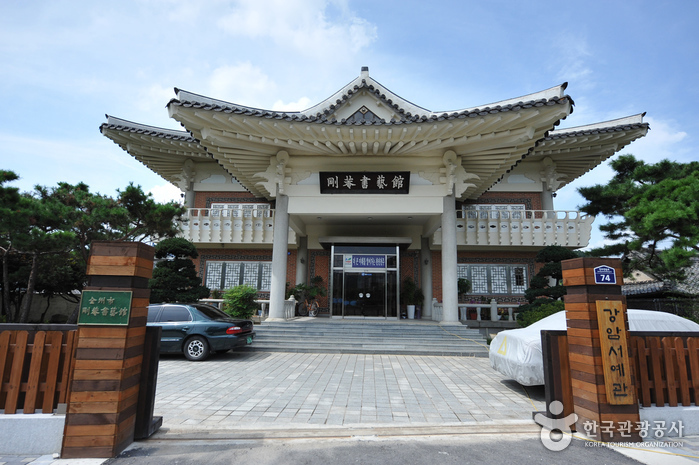
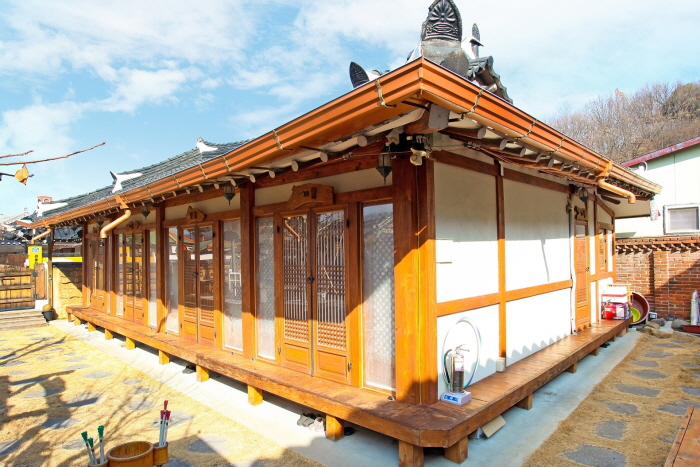
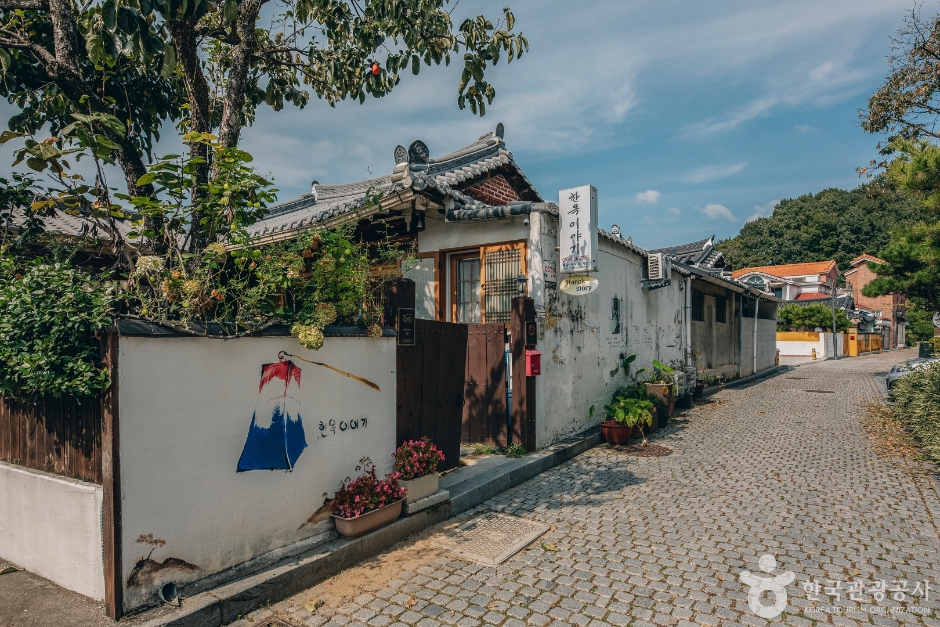
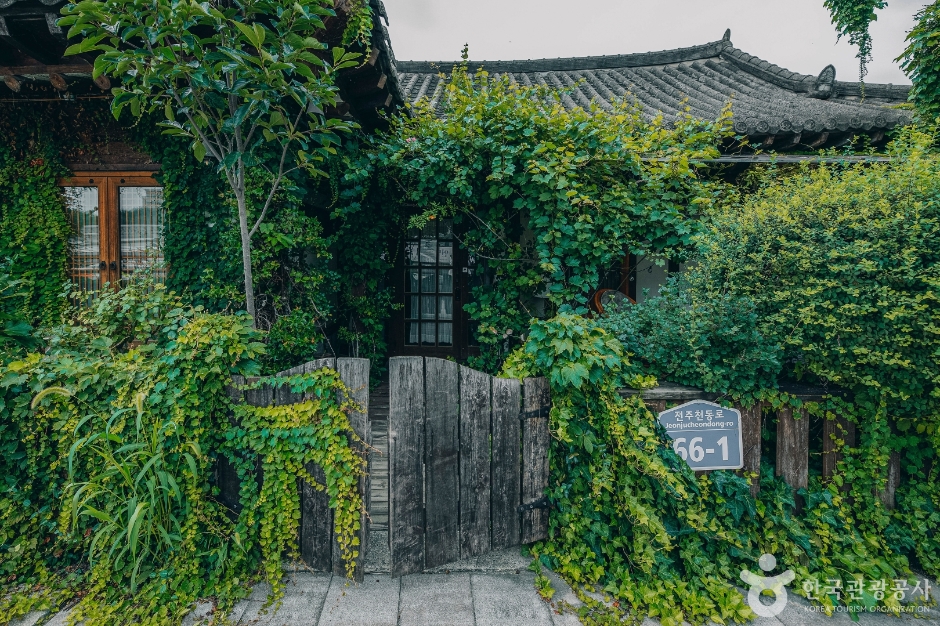
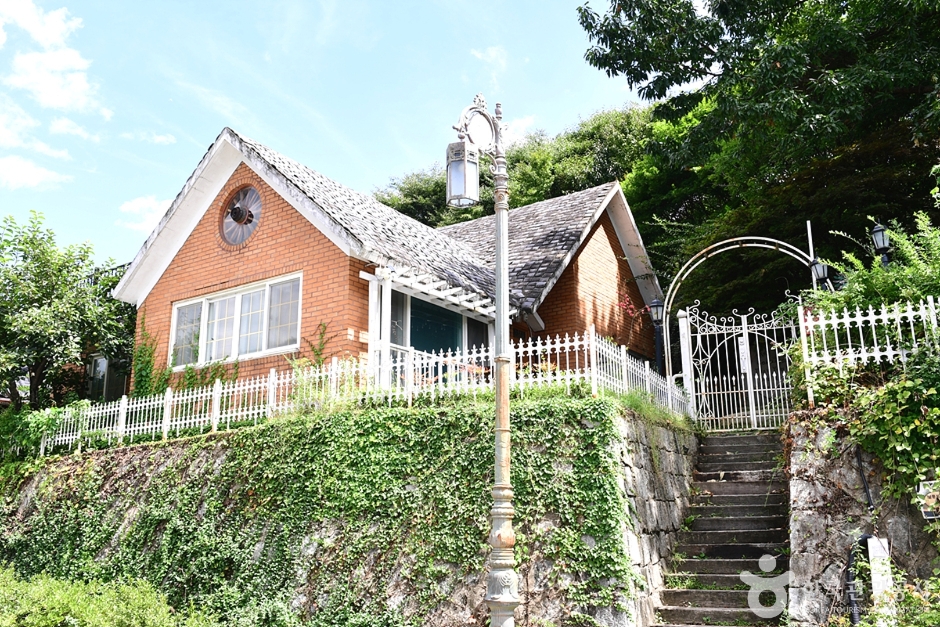
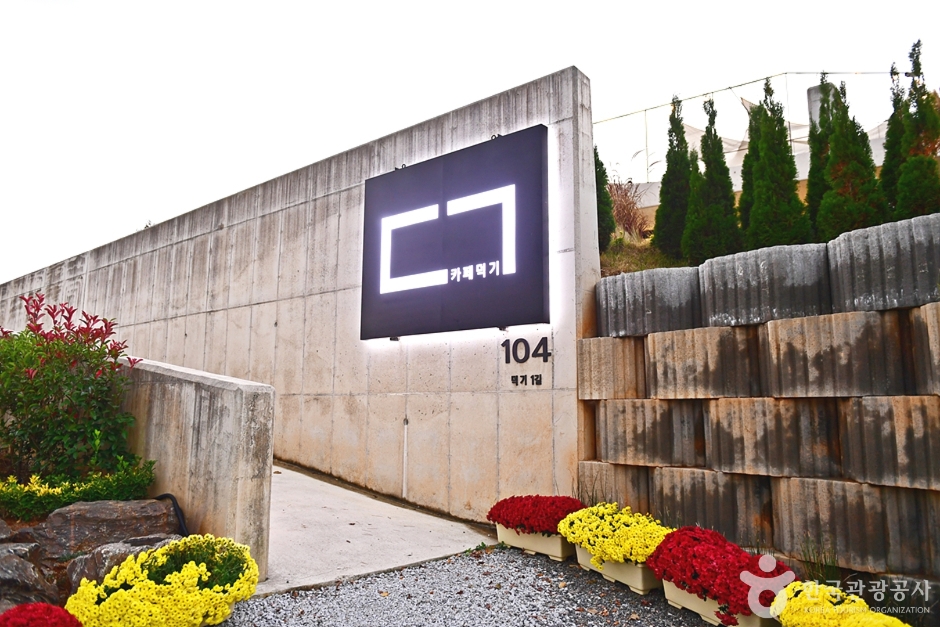
![Archaeological Site in Wanggung-ri [UNESCO World Heritage] (익산 왕궁리유적 [유네스코 세계문화유산])](http://tong.visitkorea.or.kr/cms/resource/97/2514197_image2_1.jpg)
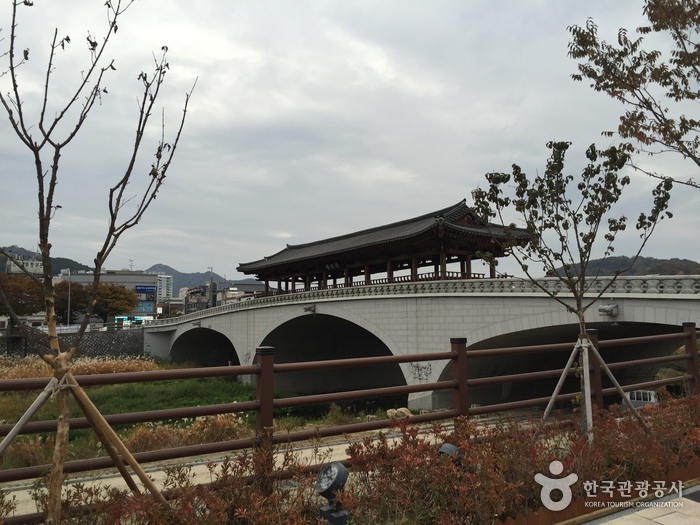

 English
English
 한국어
한국어 日本語
日本語 中文(简体)
中文(简体) Deutsch
Deutsch Français
Français Español
Español Русский
Русский